Five Business Lessons From a 100 Mile Ultra
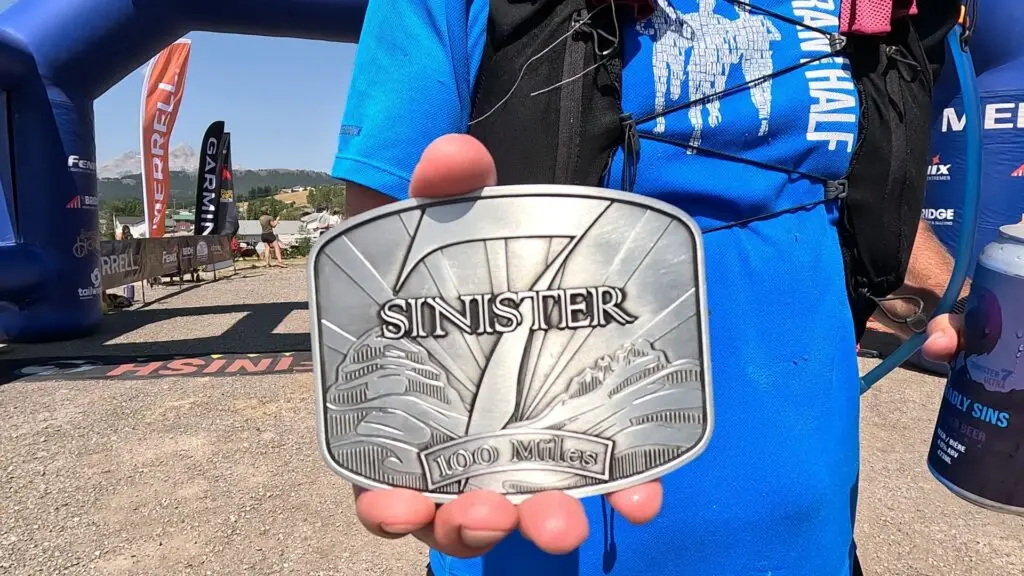
I did it! I freaking did it!! It took five years and four attempts, but I finally did it. Part of me still cannot believe I did it, but another part knows it was inevitable. On Sunday, July 14, 2024, at 12:03 p.m., I crossed the finish line of the Sinister 7 100-mile ultramarathon. Today, […]
Creating Connection to Purpose

Have you ever been so fired up about a cause or a mission that your energy and enthusiasm inspired others to act? There is nothing quite like the feeling of inspiring a shared vision. Whether you lead a team of one of one thousand, “Purpose” is a massive driver of performance. It was just shy […]
Seven Lessons for Male Leaders From “Reboot: Leadership and the Art of Growing Up”

I was 2 minutes into Tim Ferris’ podcast with Jerry Colonna, and I knew I needed to learn more about this man and his leadership philosophy. Immediately after sharing how much his philosophy resonated with Michelle, I grabbed his book Reboot and reached out to him on LinkedIn. I highly recommend picking up a copy […]
When we refuse to look inward, we are destined to project outward
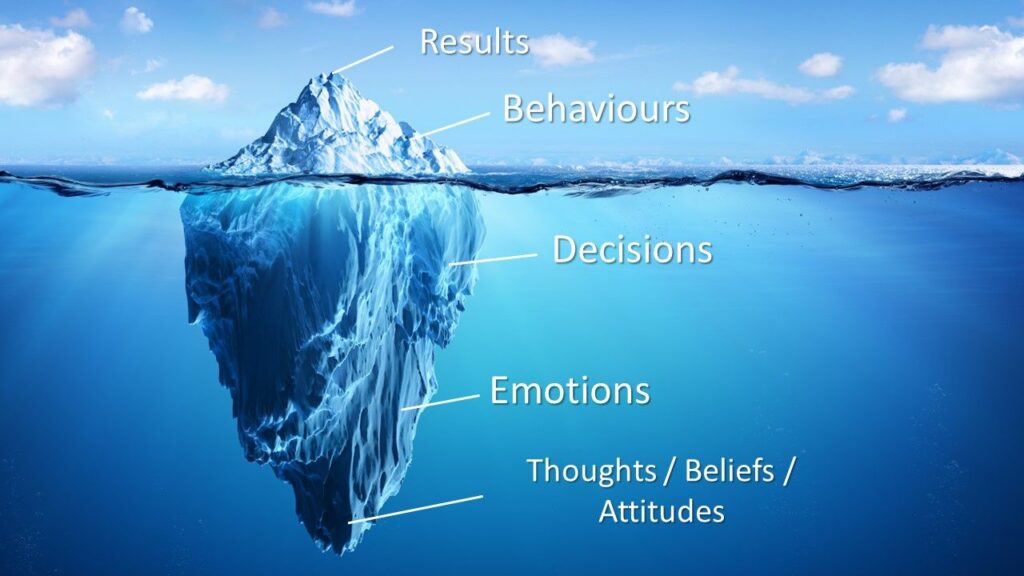
Avoiding looking in the mirror under the guise of busyness and achievement is easy. Having the courage to look deep into ourselves is hard. There are so many ways we can numb, suppress and avoid connecting with that most profound part of ourselves. For some, it is substance abuse, alcohol or drugs. For many leaders […]
Be Stronger Than Your Excuses

If you want to achieve what most people don’t, you need to do the work that most people won’t. Fitness is a great analogy for life. The formula is fairly simple, yet it requires an incredible amount of discipline to achieve. This week, my run coach has me tackling a mock Sinister 7. For those […]
Leadership From the Inside Out
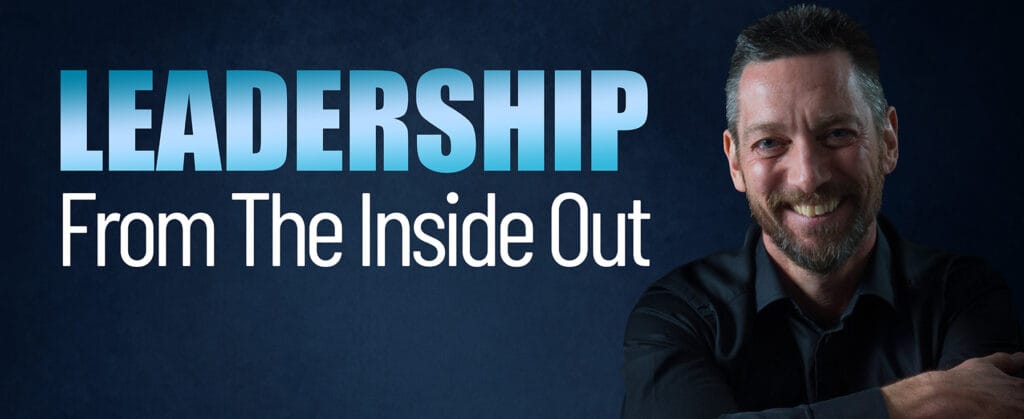
When did you realize you were a leader? This is a fascinating question. While the consensus today is greater than it was a decade ago, some folks I talk to still do not consider themselves leaders. The truth is that we all have the opportunity to be leaders. My friend Drew Dudley says this well […]
What the Heck Does Emotional Connection Even Mean?
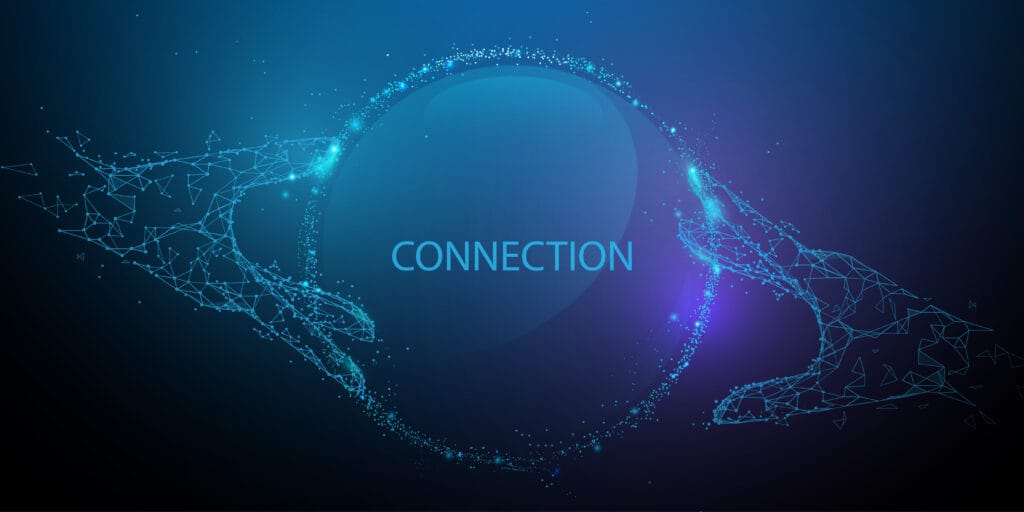
Language is powerful, it is important to get it right. I spend much time discussing the importance of Emotional Connection, particularly for men, and its impact on leadership, peak performance, and mental health. I share practices that I have found helpful in my journey, but I have not spent much time discussing what Emotional Connection […]
Shifting Views: The Unseen Power of Perspective

Have you ever considered how a single moment can alter your perception of the world? Last week I was speaking at a conference. During one of the breaks, I spoke with one of the other speakers. We chatted about the message I had delivered that morning on the importance of Emotional Connection, particularly for men. […]
Cultivating Resilience in Your Team: A Leader’s Guide to Navigating Uncertainty

Four Ways to Build a Culture of Resilience I was 28 years old, at the peak of my career. I was making more money than I had in my life and, quite frankly, more than I would have imagined possible a few short years earlier. I had moved to a new town and was about […]
Are You Having a Midlife Crisis?

Is it really a midlife crisis? Many men spend most of their lives trying to live the life they believe they are supposed to live. They are supposed to be the provider, the protector, the ‘man’. Most do this at a great cost to self. They suppress their own needs, wants and desires in order […]
Learning to Embrace the Suck

The difference between a good race and a bad race is all about how you manage the (inevitable) pain. Chris McCormack I first came across the term “Embrace the Suck” in the context of Ironman Triathlon. My daughter gave me a henna tattoo that made that proclamation across my forearm when I competed in my […]
How Can I Help You?
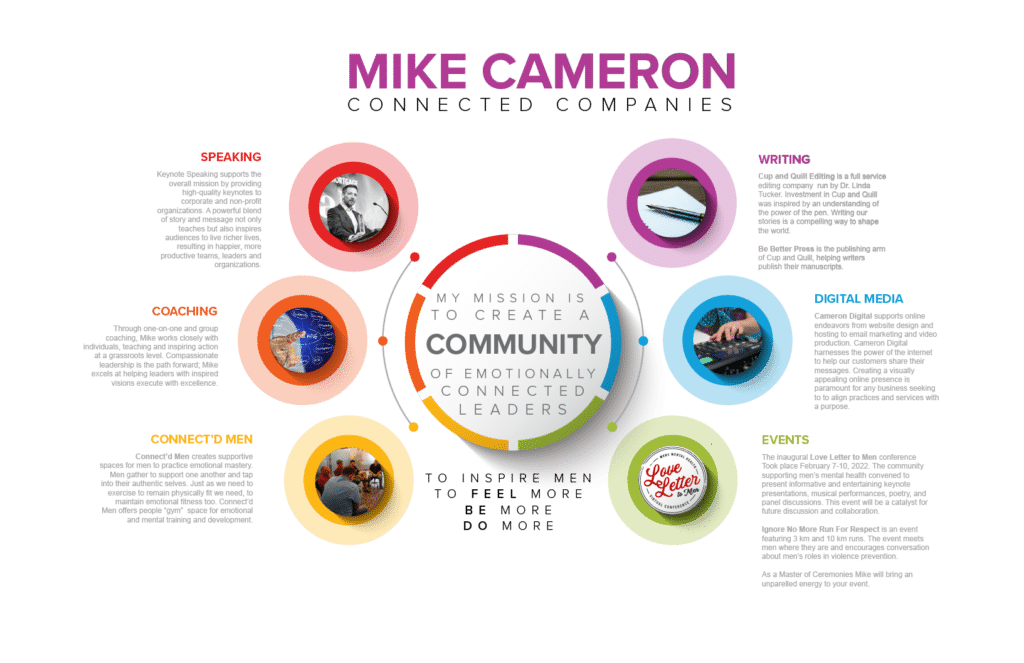
My mission is to create a community of emotionally connected leaders and inspire men to feel more, be more, and do more. I don’t know about you, but I get immense fulfillment from helping others achieve their dreams. I think we all like to help others get ahead. Have you ever noticed that most people […]
Men and Grief

Grief is often something we don’t associate with Masculinity and when we do, there seems to be an expectation of stoicism, strength and frankly – fixing it, not suffering with it. Together we are going to discuss how that shows up in our lives and in the lives of those who support men who are grieving.
Fly In Fly Out Life – Real Stories, Struggles and Victories From Remote Work Camp Life

FIFO: faɪ fəʊ or Fly In Fly Out
FIFO work refers to remote camp work where workers are required to fly in and fly out to work and work away from home and their families.
This type of work poses unique challenges to workers and their families. The mental health struggles that can arise from the isolation from family, role transitions from work life to home life, societal stereotypes of masculinity and stigmas creating barriers to seeking help. We unpack all this through storytelling to give you a snapshot of FIFO life and to provide workers and their families with tools to thrive in this lifestyle.
Drew Dudley – A Man Falls Into a Hole Keynote
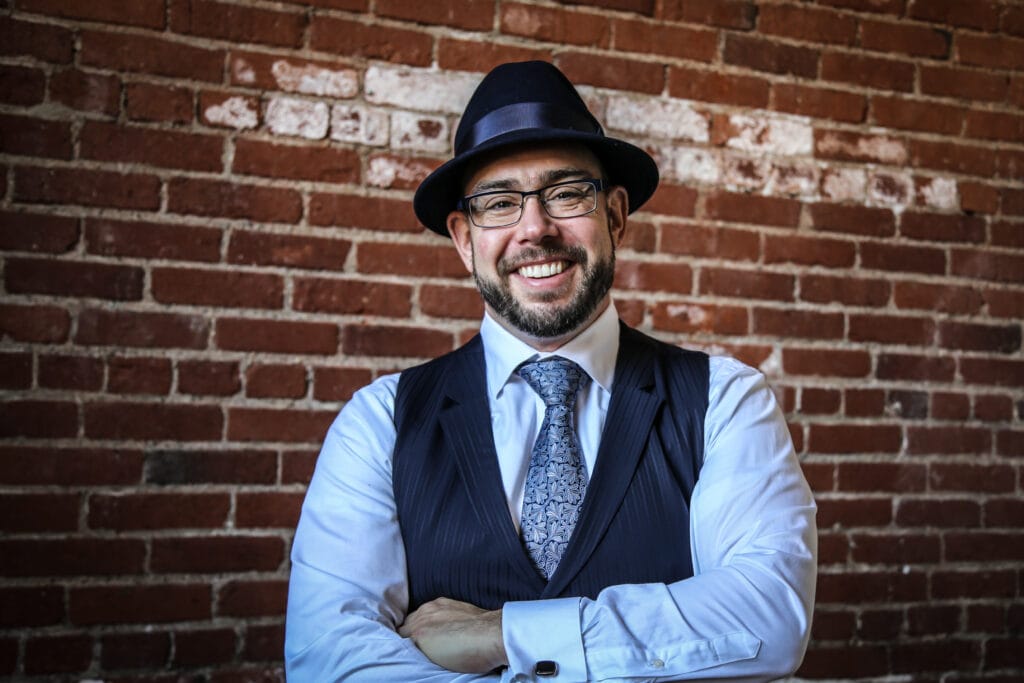
This inspiring keynote is from our recent Love Letter to Men: A Celebration of Men’s Mental Health forum.